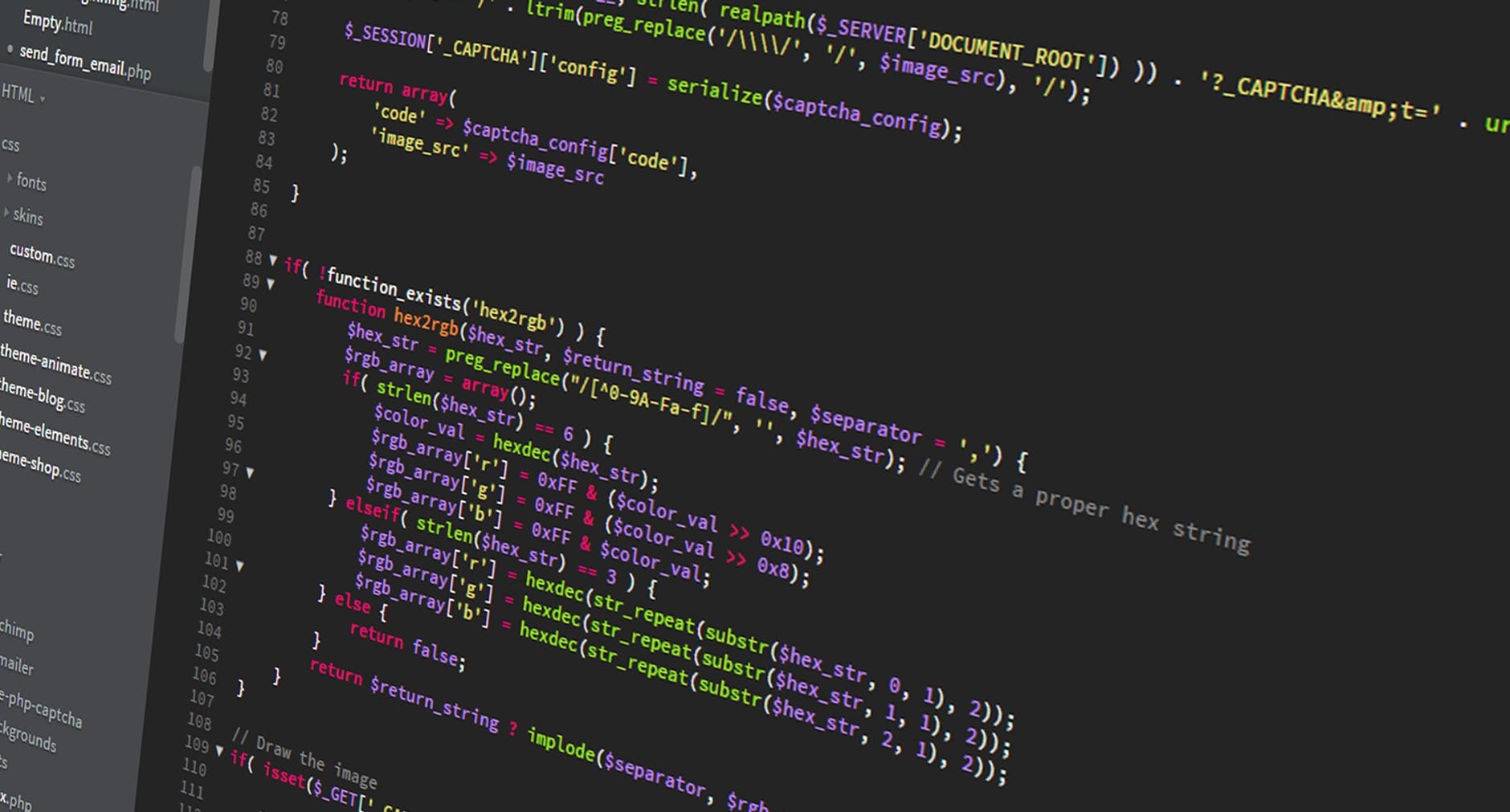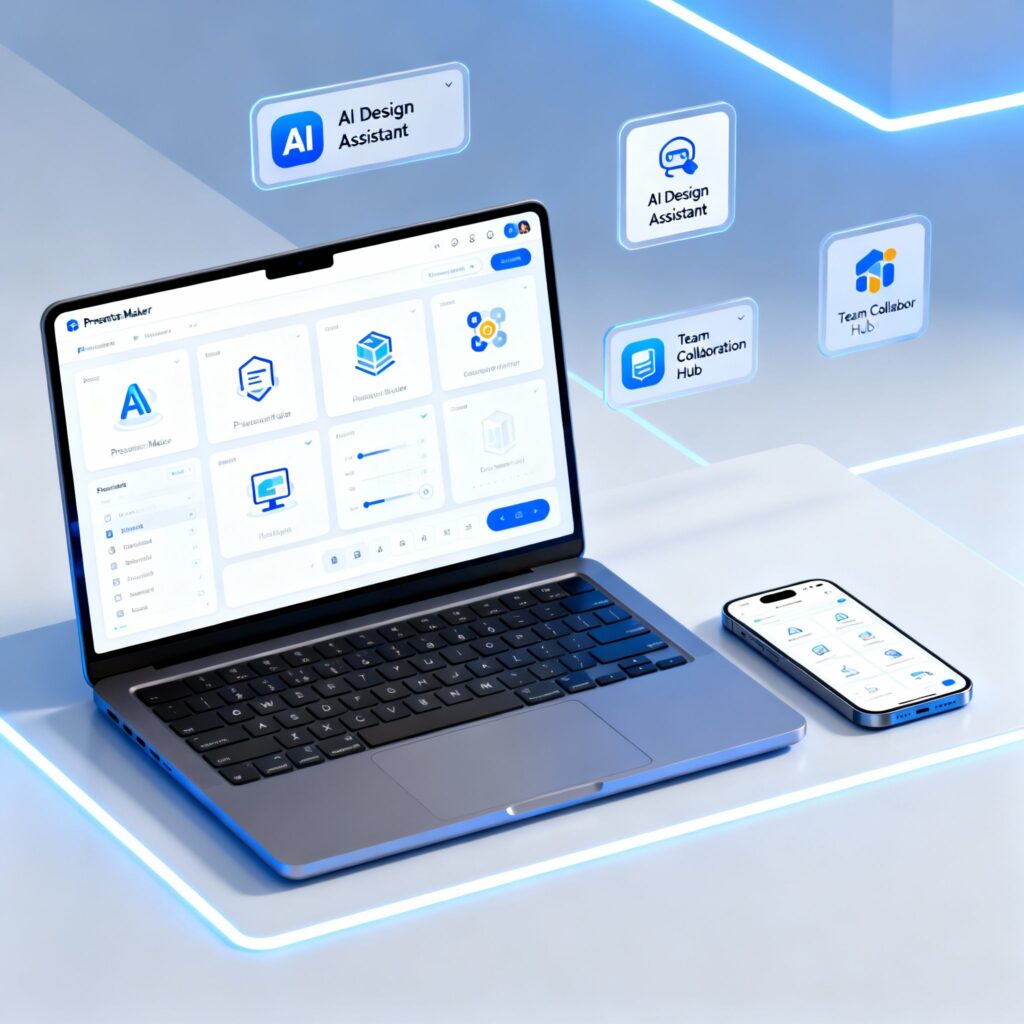IP address is a unique number assigned to every computer connected to the Internet. Every device connected to the Internet is associated with an IP address, which could be a phone, tablet, or PC.
The IP address refers to the kind of number that your device is assigned on the world wide web. Once you are connected to the Internet via an Internet router (wifi or cable), your device is assigned a private IP address. The router’s DHCP servers recognize this private IP (or internal IP). This means this router will have a public IP, and all connected devices will have their IP.
Imagine you have a letter that you want to send to someone. In order for the letter to reach its destination, you need to write the recipient’s address on the envelope. Similarly, an IP address acts as the address for data packets traveling across the internet. It ensures that the information you send from your device reaches the intended recipient by providing a unique identifier for each device on a network.
Table of Contents

For instance, the private IP address isn’t accessible to anyone else. It is a kind of security to protect against attacks or intruders from external networks. There is currently a massive lack of IP addresses online, so it is advised to transfer public IP addresses or servers for the Internet.
How do I find the local IP address?
- On Windows
Use the search bar at the bottom left corner, and search for “command prompt” or “cmd” (without quotes);
Click “Open”;
Write”ipconfig” or “ipconfig” and press the “Enter” key on the keyboard.
Search for “IPv4 Address”;
The number displayed on this page is your current IP.
How can I find out an IP address of an external source
To find out the IP address of your external number, you may turn to websites that provide this for you at no cost. In this case, we’ll use What my IP Address, which works with web browsers on desktops, Android phones, and iPhones.
Open a browser and go to “whatismyipaddress.com” (without quotes);
Just wait until the website loads the data;
The IP number will be displayed as “IPv4”;
Below the page, you will see the information from your internet service provider.
On top of that, an interactive map of your current location of yours will be displayed.
Static IP is a number that is permanently assigned to equipment. Therefore, the equipment is always assigned this particular IP even if the device is disconnected and reconnected to the network after.
Dynamic IP is a number given to a device upon its connection to the Internet. Every time the device has been renewed, the router or equipment that manages this network can assign each device the available IP address. In other words, it does not reserve a specific address for it.
IPv4 vs. IPv6
IPv4 is the 4th most popular variation of the IP protocol. It uses standard 32 bits addresses IPV4 includes 4,294,967 addresses.
It might seem like a lot, but if we consider it, up until recent times, we were connecting notebooks or desktops to the Internet. We also connect phones, cameras, tablets, smartwatches, televisions, and more.
The trend for the growth of IoT is vast, and the IoT market is enormous. A study by Qualcomm suggests Brazil’s IoT market could increase to 10 percent of the GDP over the next few years.
The scenario in which everything is connected is fantastic. However, there’s one issue: the amount of available IPs doesn’t reflect the number of connections.
As a solution to this limitation, IPv6 emerged, which uses standard 128-bit addresses, providing a total of 340,282,366,920,938,463,463,374,607,431,768,211,456 IP addresses.
Discover more from TechResider Submit AI Tool
Subscribe to get the latest posts sent to your email.







